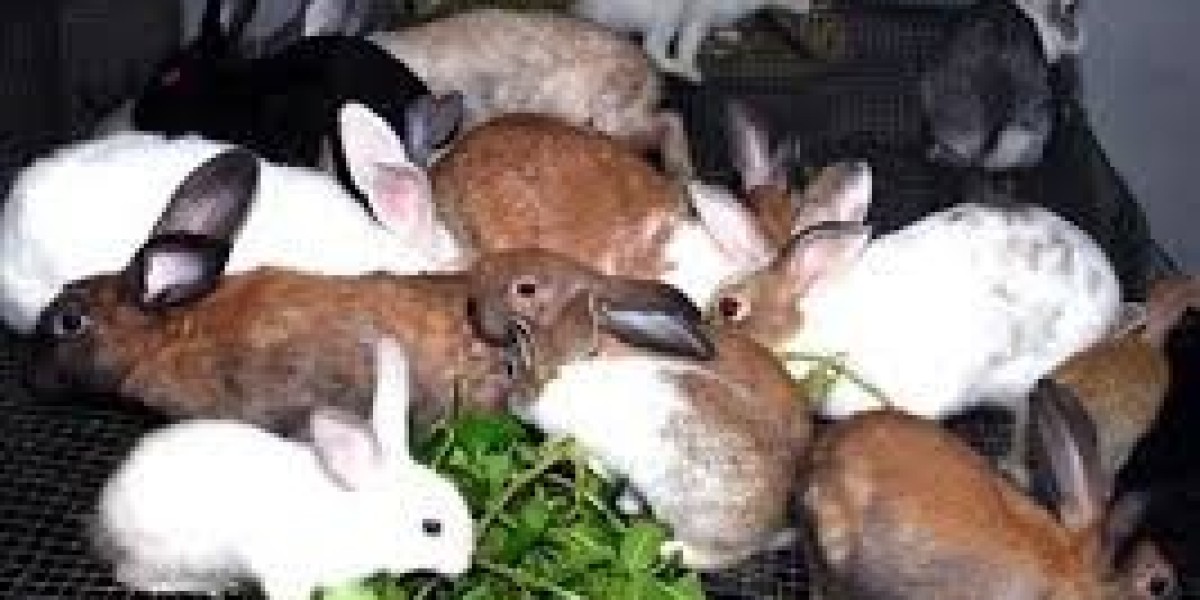1. Purple Passion Fruit (Passiflora edulis)
This passion fruit variety is scientifically known as Passiflora edulis. The purple passion fruit is the most commonly grown variety worldwide in Kenya. It features a round to oval shape with a smooth, dark purple or deep purple rind when ripe.
The inner pulp is typically yellow to orange and filled with edible seeds surrounded by aromatic, flavorful juice.
Characteristics
Purple passion fruits have a rich, tangy-sweet flavor that is prized for its use in juices, desserts, and culinary applications. This variety is more tolerant to pests and diseases than other varieties, making it suitable for a wide range of growing conditions.
Cultivation
Thrives in warm climates with well-drained soils and adequate irrigation. Ideal for regions with moderate to high humidity and consistent temperatures.
2. Yellow Passion Fruit (Passiflora edulis f. flavicarpa)
Yellow passion fruits are also known as golden passion fruits. It is larger compared to purple passion fruits and is distinguished by its smooth, bright yellow rind when ripe.
The inner pulp is typically golden-yellow and has a more acidic flavor profile than the purple variety.
Characteristics
It has an Intense, tart flavor that is popular for juice production and blending with other fruits. Golden passion fruits require warmer temperatures and adequate sunlight for optimal growth and fruit development.
Cultivation
This fruit variety is suited for tropical and subtropical climates with consistent rainfall or irrigation. It requires good soil drainage and regular pruning for maximum yield and fruit quality.
Hybrid Varieties
Hybrid passion fruit varieties are cultivated through controlled cross-breeding of different Passiflora species. These hybrids are developed to combine desirable traits such as disease resistance, flavor intensity, and yield potential.
Some of the hybrid passion fruits grown in the country are:
3. Giant Passion Fruit (Passiflora quadrangularis x Passiflora edulis
The Giant Passion Fruit is scientifically known as Passiflora quadrangularis x Passiflora edulis. It is a hybrid variety resulting from the cross-breeding of Passiflora quadrangularis (Barbadine) and Passiflora edulis (Purple Passion Fruit).
Passiflora quadrangularis, native to South America, is known for its large fruit size and vigorous vine growth, while Passiflora edulis contributes its flavorful and aromatic qualities to the hybrid.
The fruit typically produces larger fruits compared to traditional passion fruit varieties. The fruit features a distinctive oblong to round shape, with a thick, greenish-yellow or yellow rind that may exhibit slight ridges or angles characteristic of Passiflora quadrangularis.
The inner pulp of the Giant Passion Fruit is juicy and filled with edible seeds, similar to other passion fruit varieties.
It combines the sweet-tart flavor profile of Passiflora edulis with a hint of the unique musky undertones from Passiflora quadrangularis.
This passion fruit variety thrives in tropical and subtropical climates with warm temperatures and high humidity. Requires well-drained, fertile soils for optimal growth and fruit development.
4. Purple x Yellow Hybrid
The Purple x Yellow Hybrid Passion Fruit is a crossbreed between the purple passion fruit (Passiflora edulis) and the yellow passion fruit (Passiflora edulis f. flavicarpa). This hybrid variety is developed to combine the desirable traits of both parent species, offering a balance of flavor, size, and adaptability.
Characteristics
It exhibits a unique blend of characteristics from both purple and yellow passion fruit varieties. The fruit may vary in size and shape, typically showing a blend of purple and yellow hues on the rind.
Flavor Profile:
Offers a harmonious balance of sweetness and acidity, catering to diverse consumer preferences.
The pulp is juicy, aromatic, and filled with edible seeds, similar to its parent bspecies.
Cultivation:
Climate and Soil Requirements:
Thrives in tropical and subtropical climates with consistent temperatures and moderate humidity.
Requires well-drained, fertile soils with good organic content for optimal growth and fruit development



